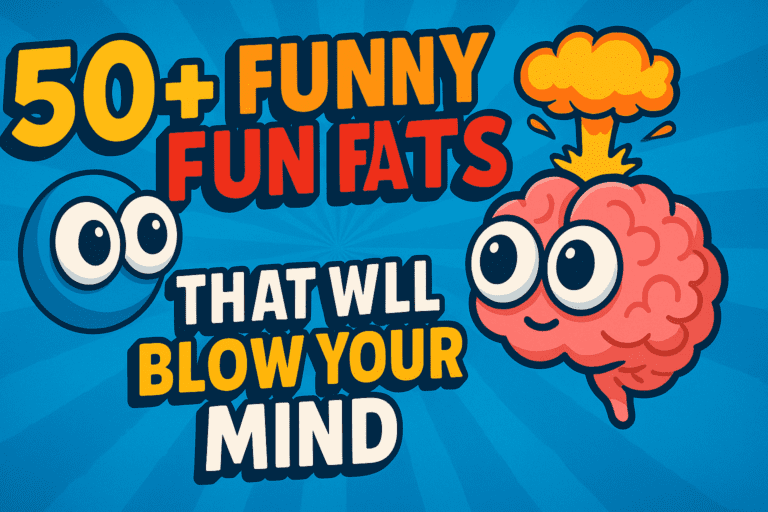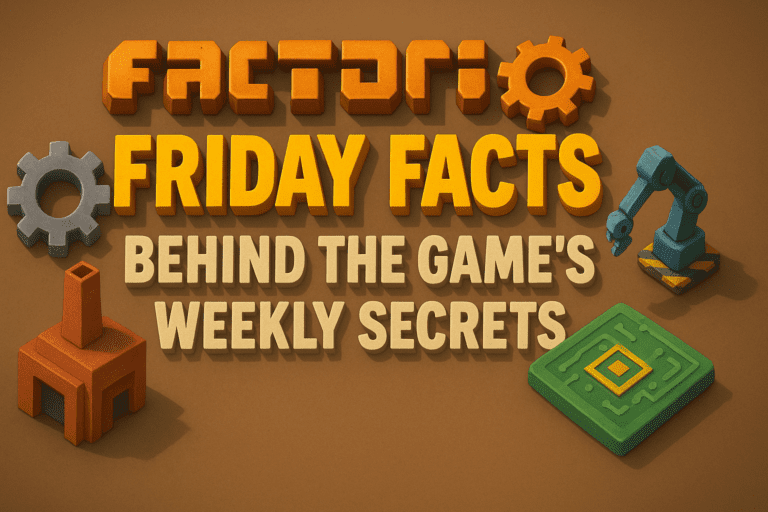
Hope you are fresh and fine my brother/sister…
Let’s take a little walk into the wild today. Imagine standing in the woods. Everything is still. Then, in a blink, a whitetail deer appears, silent and alert. It watches you. Then, without a sound, it’s gone. That moment leaves you asking—are deer smart animals?
If you’ve ever tried spotting or hunting deer, you know how tricky it is. They seem to vanish, move with purpose, and somehow know things. But is this instinct? Or true intelligence?
This post dives deep into the world of deer. We’ll explore their smarts, learning, and how they use their intelligence to survive in the wild. Stick around. You’ll never look at a buck the same way again.
What Makes an Animal Smart?
Before we dive into deer, let’s ask: what does being “smart” even mean?
Most scientists agree that animal intelligence comes down to a few things:
- Problem-solving
- Memory
- Learning from experience
- Social behavior
- Adapting to new environments
So, using these rules, how does the deer stack up?
How Intelligent is a Deer?
Deer may not build tools or do math, but their brains are wired for survival. And that’s a kind of intelligence we often overlook.
Here’s why deer are smarter than you think:
- They remember safe paths and feeding spots.
- They learn from past mistakes.
- They can spot patterns—like hunting season times.
- They teach their young how to avoid predators.
- They have excellent senses, like hearing and smell, that guide their decisions.
These aren’t random acts. It’s survival smarts at work.
Do Deer Recognize Humans?

Yes, they do. In fact, deer can tell humans apart by scent, sound, and behavior.
Over years, deer living near towns get used to certain people. Some may even come close if they feel safe. But if you’re a hunter or look like one, they’ll keep their distance.
Deer recognize danger. They know what clothing, movement, and scents mean trouble. They even react differently to men vs. women, hunters vs. hikers.
Are Deer Smart Animals?
Absolutely. Here’s what makes them stand out:
- Adaptation: They adjust quickly to new threats.
- Memory: They remember traps, trails, and human activity.
- Family Teaching: Whitetail does teach their fawns.
- Avoidance Skills: They don’t just run—they plan escape routes.
- Time Awareness: They seem to “know” when it’s hunting season.
They may not pass IQ tests, but in the wild, they pass the only test that matters—how well you can stay alive.
How Deer Use Their Intelligence to Survive

1. Using the Wind
Deer often travel with the wind at their backs. Why? So they can smell predators coming from behind.
2. Learning Human Patterns
Ever notice how deer avoid roads during rush hour or show up in fields after you leave? That’s learned behavior.
3. Playing the Clock
Deer move more at dawn and dusk. This timing helps them survive. Less human activity, more cover.
4. Navigating Terrain
Deer know their home ranges. They use ridges, creeks, and thick brush to stay hidden. That’s years of experience in action.
Do Deer Learn from Experience?
Yes—and this is what proves their intelligence most.
Ever heard of a buck that no one can catch? That’s not luck. It’s learning.
These older deer:
- Avoid hunting zones.
- Travel at night.
- Use back routes.
- Freeze when they hear danger.
They remember the past. If a trap or sound once brought pain, they avoid it forever. That’s learning, not instinct.
Are Deer Social or Solitary Thinkers?
Deer are both. Does and fawns live in groups. They share trails and food. They learn together.
Bucks, though, are loners, especially during rutting season.
Still, deer show social intelligence:
- Warning each other with tail signals.
- Using body language.
- Following herd leaders during danger.
Myths and Misunderstandings About Deer Intelligence

Let’s bust a few:
- “Deer are dumb—they run into roads.”
False. Their instincts say to flee fast. Roads aren’t natural. It’s not stupidity—it’s mismatch with our world. - “They don’t learn.”
Wrong again. Deer avoid spots where hunters have been. That’s learned fear. - “They don’t recognize humans.”
Already covered—they do. Better than we think.
How to Outsmart a Deer (If You’re a Hunter or Photographer)
Want to spot or snap a deer? Try this:
- Mask your scent. Their smell is their #1 tool.
- Use the wind. Don’t let it carry your scent to them.
- Be quiet. Their hearing is sharp.
- Dress naturally. Don’t stand out.
- Study their paths. Deer are creatures of habit.
- Stay still. Movement gives you away.
Remember: you’re stepping into their world. Nature favors the prepared.
Why Understanding Deer Smarts Matters
When you respect how smart a species is, you treat it better.
Deer aren’t just game or garden pests. They’re part of a natural system. Knowing how they think helps with:
- Conservation
- Hunting ethics
- Wildlife photography
- Backyard planning
- Policy-making (like wildlife management)
And honestly? It just makes you a better outdoorsman—or woman.
For Further reading please visit.
Final Thoughts: Are Deer Smart Animals?
Yes, deer are smart animals.
Not in the way we test humans or chimps. But in the forest? They shine.
Here’s what we learned:
- Deer are alert, aware, and adaptive.
- They learn from experience and memory.
- They recognize danger, humans, and patterns.
- They survive because they’re smart—not lucky.
So the next time you see a deer, tip your hat. You’re looking at a true animal of instinct, intelligence, and grace.
Let’s Hear From You!
🦌 Have you ever had a close encounter with a deer that made you think twice about their intelligence?
💬 Drop a comment below to share your story.
🔁 If you found this article helpful, share it with friends or on Facebook.
📥 Sign up to our newsletter for more insights into the natural world.








They are also very fast. Beautiful animals.
Thank you for joining the Awww Mondays Blog Hop.
Have a fabulous Awww Monday and week. ☺